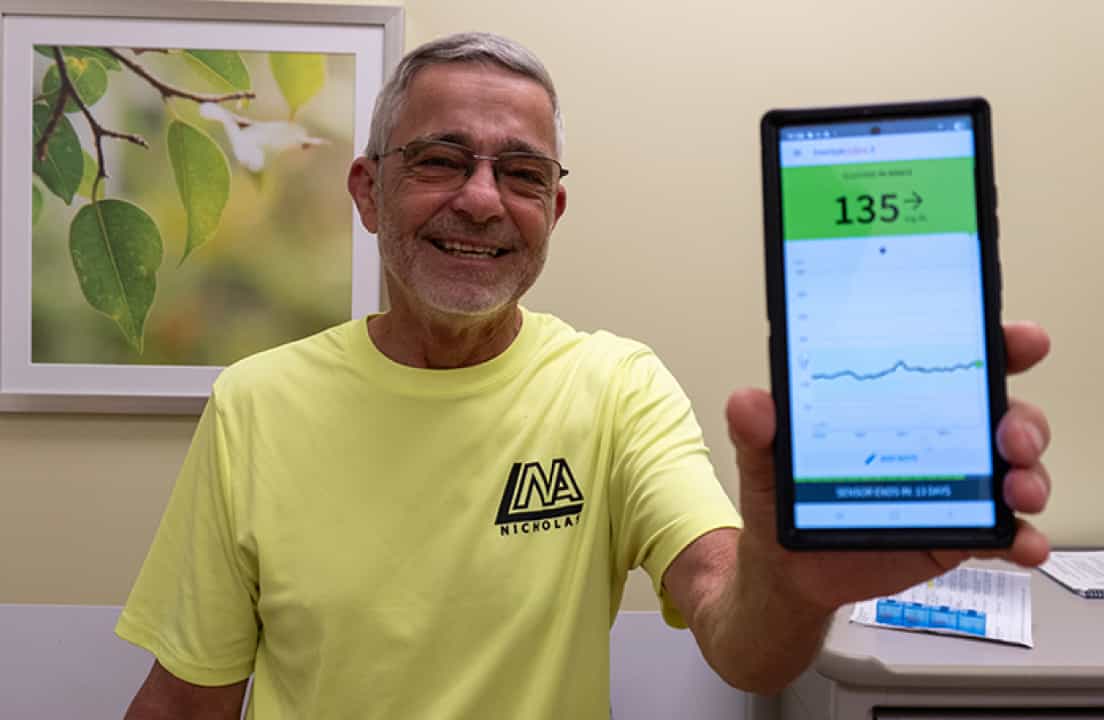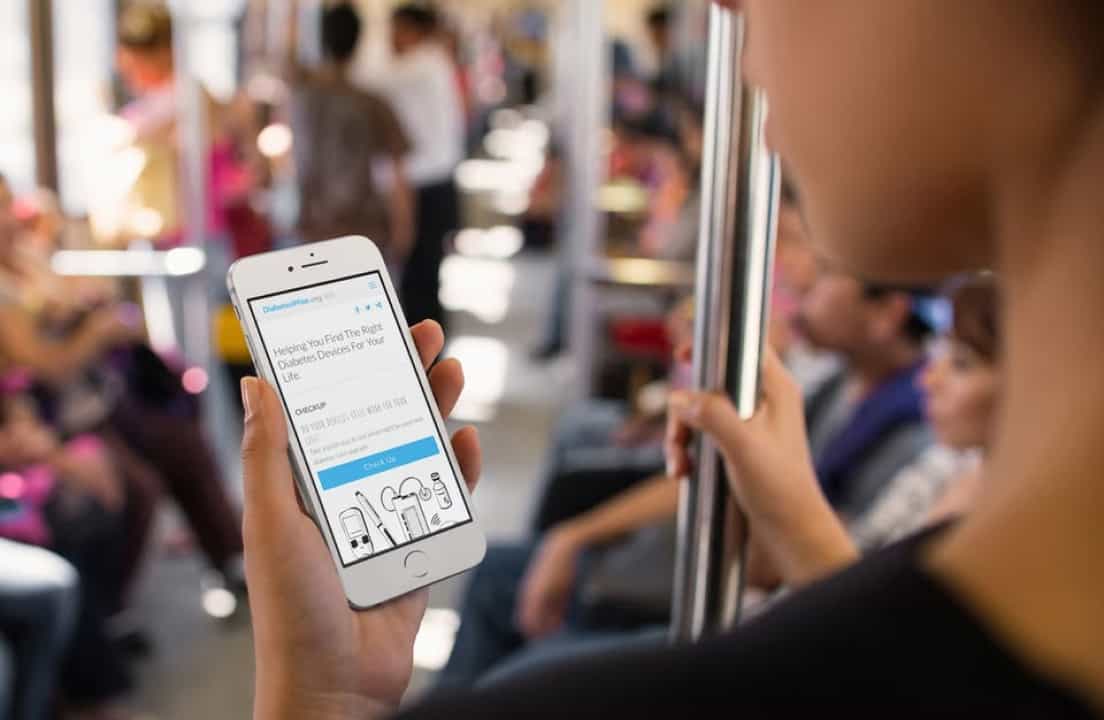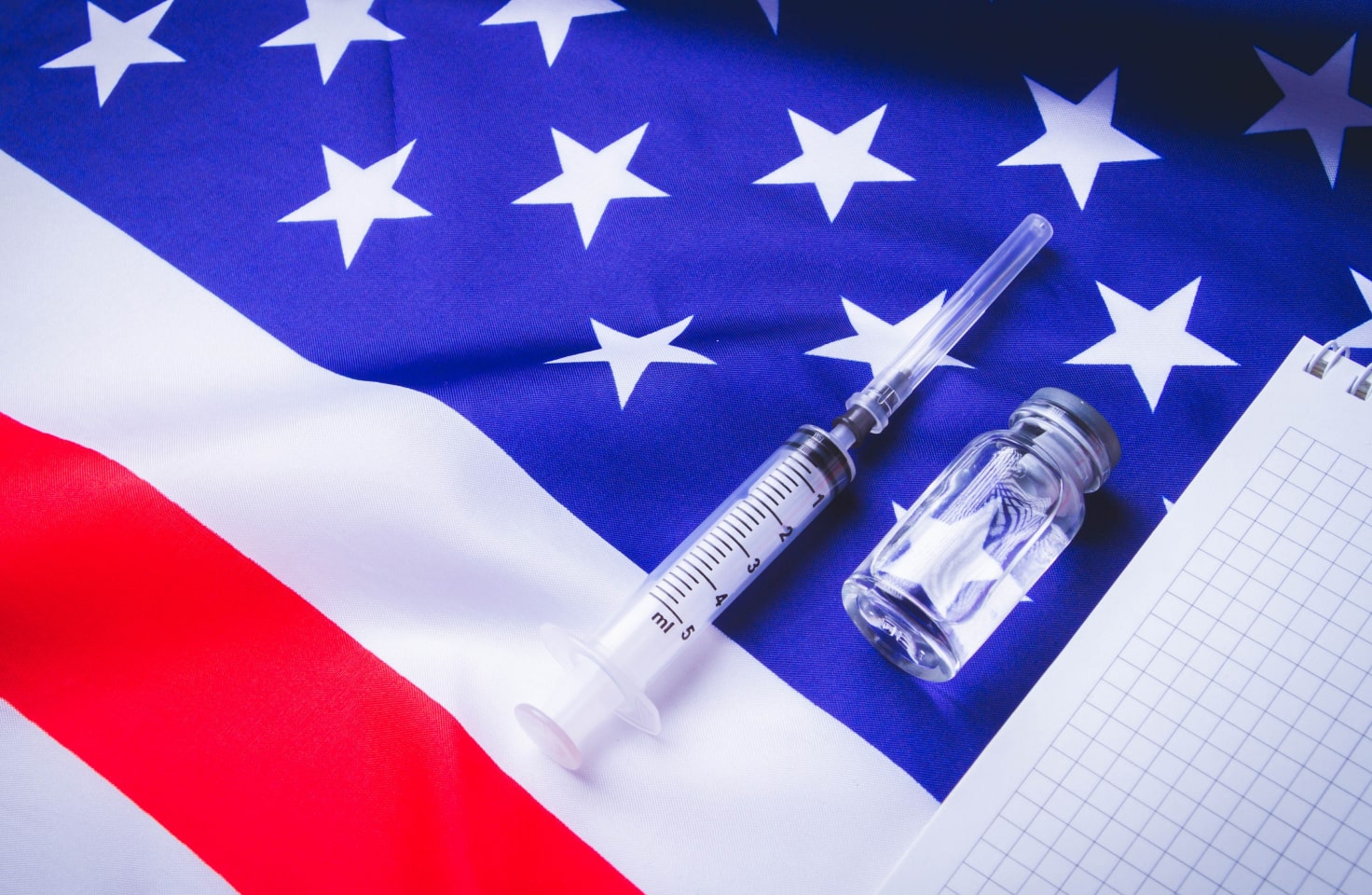T1D Guide
T1D Strong News
Personal Stories
Resources
T1D Misdiagnosis
T1D Early Detection
Research/Clinical Trials
Lantidra: A Possible Cure for TID?
Type 1 diabetes communities seek a procedure that produces and protects insulin-producing cells without the health risk of additional drugs throughout the individual’s lifetime. CellTrans is currently working on a microencapsulation procedure to prevent immune rejection, which is optimistic.

Since my son was diagnosed with type 1 diabetes at age four, I’ve heard from healthcare professionals to complete strangers that there would be a cure in his lifetime. Almost 20 years later, I’m still waiting for that cure. However, I’ve seen incredible technological advancements from his T: Slim X2 insulin pump and the Dexcom 6 that have made his life so much easier. I try to keep up with current studies and read everything I can on new implantable pumps and stem-cell therapies. All this said, I am still hopeful for a real cure. I have always been the most excited about the islet cell transplant surgery for T1Ds.

How Islet Cell Transplant Therapy Works
Islet cell therapy is where doctors take functioning islet beta cells that produce insulin and implant them into the liver of an individual with type 1 diabetes. The cells are isolated from a cadaver donor’s pancreas and then injected into the patient’s portal vein through the skin.
It would appear to work except for the fact that T1D is an autoimmune disorder where the body attacks the insulin-producing islet cells—so what’s to stop it from repeating this with the newly implanted working cells? Possible ideas are to encapsulate the insulin-producing cells with a protective barrier or have the patient take immunosuppressive medications (which have potential side effects) for the rest of their lives.
Another problem is the shortage of donor organs to provide the islet cells. Several research scientists, like the ones at the University of California San Francisco, seek ways to grow insulin-producing cells artificially or regenerate them from adult stem cells. UCSF is also working on immune tolerance therapies as an alternative to immunosuppressive drug therapies. These studies are a wonderful step in the right direction, but not a practical cure, and they had never been approved for use by the FDA until now.

FDA Approves Lantidra to Treat Type 1 Diabetes
On June 28, 2023, the U.S. Federal Department of Agriculture approved Lantidra, which is huge progress in T1D circles. Lantidra is the first pancreatic islet therapy made from deceased donor pancreatic cells to treat type 1 diabetes. The FDA approved Lantidra to CellTrans Inc., a biotech company that develops and manufactures cellular therapies and novel bioengineered technologies for treating diabetes. The downside to CellTrans’ Lantidra procedure is that it is only available for individuals with extreme cases of uncontrolled hypoglycemia.
Who Qualifies for Lantidra?
Currently, treatment for the autoimmune disorder, type 1 diabetes, includes insulin therapy through multiple injections or an insulin pump. This is in conjunction with performing several blood glucose checks daily or wearing a continuous glucose monitor.
Unfortunately, some T1Ds have difficulty managing the needed insulin to prevent hyperglycemia (high blood sugar). When people overdose on too much insulin, they experience hypoglycemia (low blood sugar). Some may also have a condition called hypoglycemia unawareness, where they can’t feel their blood sugar dropping. This serious condition may lead to a coma or even death if not treated. Lantidra is a potentially lifesaving treatment for those afflicted with this disorder.

Lantidra: Benefits and Risks
Lantidra, the secretion of insulin by transplanted islet beta cells, replaces the need for patients to take insulin by pump or shots. Doctors infuse Lantidra into the patient’s liver.
Two conducted studies included 30 type 1 diabetes participants with hypoglycemia unawareness. The random groups received the infusion (some received up to three infusions), and 21 individuals remained insulin-independent for one year or more. In comparison, 10 participants didn’t need insulin for up to five years. It’s also noted that five participants showed no significant change and remained insulin dependent.
The studies assessed the safety and effectiveness of the process and determined the most common side effects included nausea, fatigue, anemia, diarrhea, and abdominal pain. Some participants had to quit the study due to adverse reactions to the immunosuppressive drugs. So, the unfortunate downside to Lantidra is the side effects of taking the immunosuppressive meds. Another drawback to Lantidra is the fact that the harvesting and processing of cadaver-sourced beta cells is limited.

Bottom Line for Lantidra
As CellTrans is currently working on a microencapsulation procedure to prevent immune rejection, I'm optimistic. The FDAs approval of Lantidra is the first step toward a practical cure for all T1Ds. The procedure produces higher rates of islet survival. The FDA stamp is essential since it allows the company, CellTrans, to produce and market the drug to the public in the United States. This is a considerable advancement for the company and individuals who meet the criteria and can pay for the procedure.
Though it’s an important advancement in the journey for a functional cure for T1D, Lantidra is not the cure for all. It’s tough to qualify for the procedure as you must exhibit the hypoglycemia unawareness condition. What’s more, participants must take chronic immunosuppression medication, which is not a viable option for most type 1 patients. Still, one step closer is one step closer, and if we must take baby steps to get there, the destination is promising.


.webp)





.webp)

.jpg)
.jpeg)
.jpg)




.jpg)



.jpg)

.jpg)




.jpg)

.jpg)
.jpg)



.jpg)

.jpg)
.jpg)




.jpg)
.jpg)
.jpg)
.jpg)
.jpg)
.jpg)
.jpg)

.jpg)
.jpg)

.jpg)




.jpg)
.jpg)
.jpg)

.jpg)


.jpg)

















.jpg)




.jpg)







.webp)












.webp)







.webp)